Most farms in the U.S. are family farms. That means we work alongside our siblings, spouses, parents, cousins and in-laws to raise crops and livestock as a family business. It’s not for the faint of heart! Yet it’s a way of life that has endured for generations because of what our families have contributed.
In the U.S. about 89% of farms are small family farms that operate 45% of farmland. Midsize and large-scale family farms grow the majority of the food we eat. Overall, family farms account for 98% of total U.S. farms and 83% of the country’s total food production. We’re really proud of that!
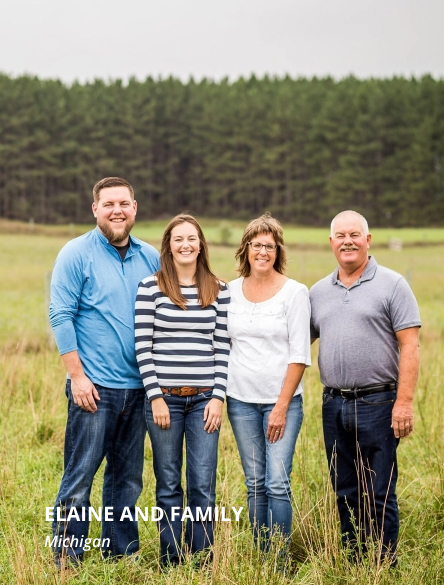
When farmers and ranchers like us get together, we love to talk because of what we learn from each other. Each acre on a farm is different, and likewise each of our animals are different. We make decisions based on what we think is best for our land, the soil, the air we all breathe, our waterways and the animals in our particular care.
Talking together often gives us fresh ideas for how to combat issues and create new opportunities. It’s one of the ways that help us to improve and sustain our farms for the long-term. There are a lot of different ways to talk about sustainable agriculture. Did you know that the U.S. Congress actually has a definition for it? From a broad perspective, sustainable agriculture is defined as an integrated system of plant and animal production practices that will, over the long term:



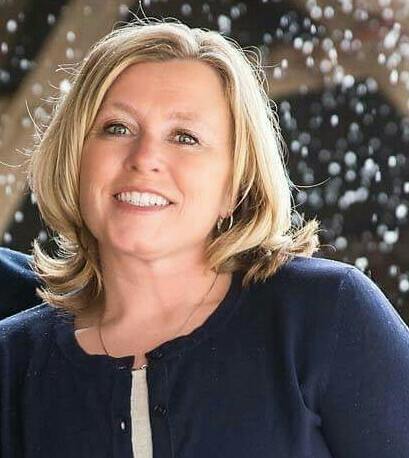
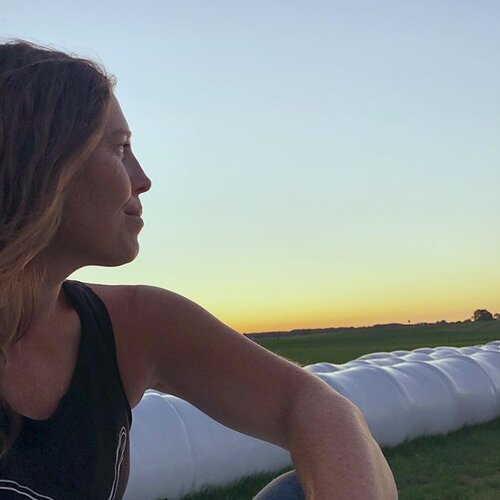

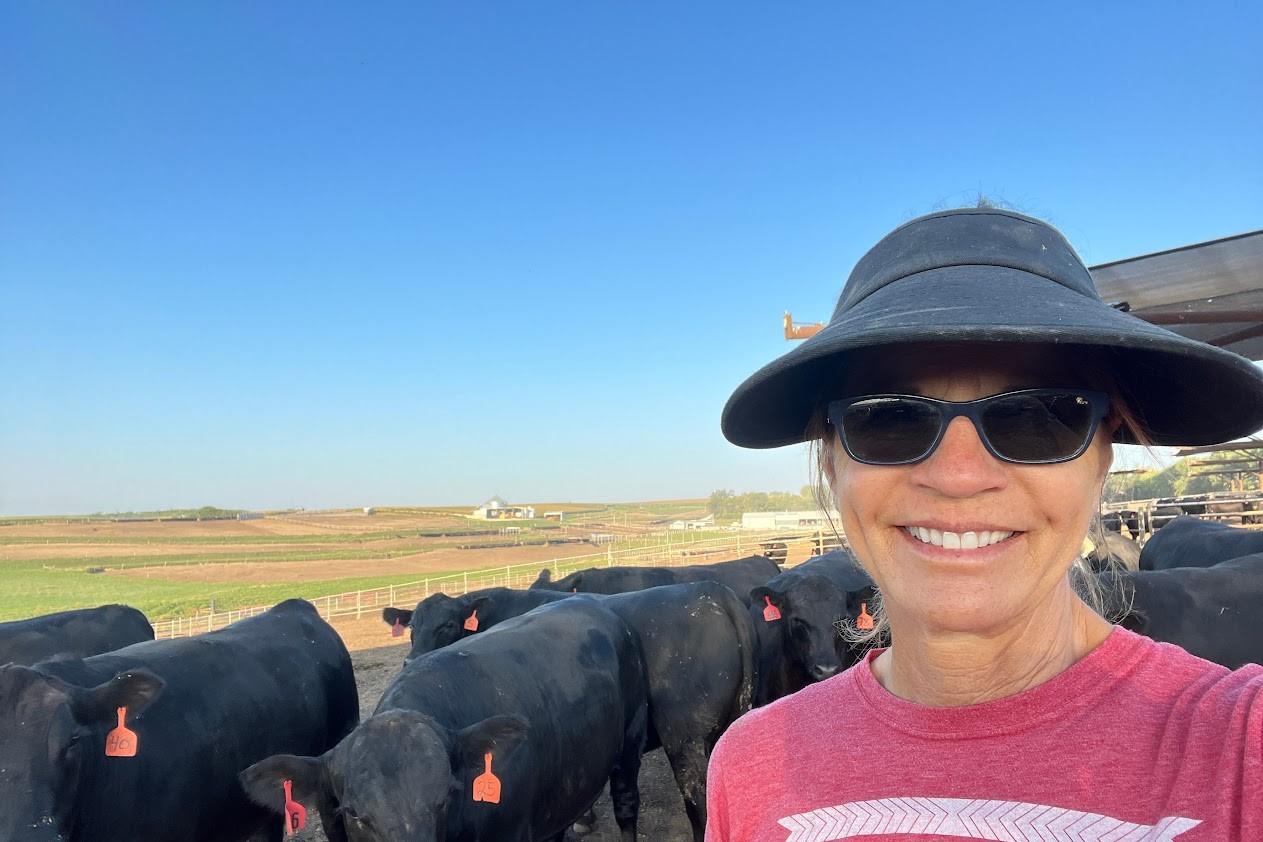
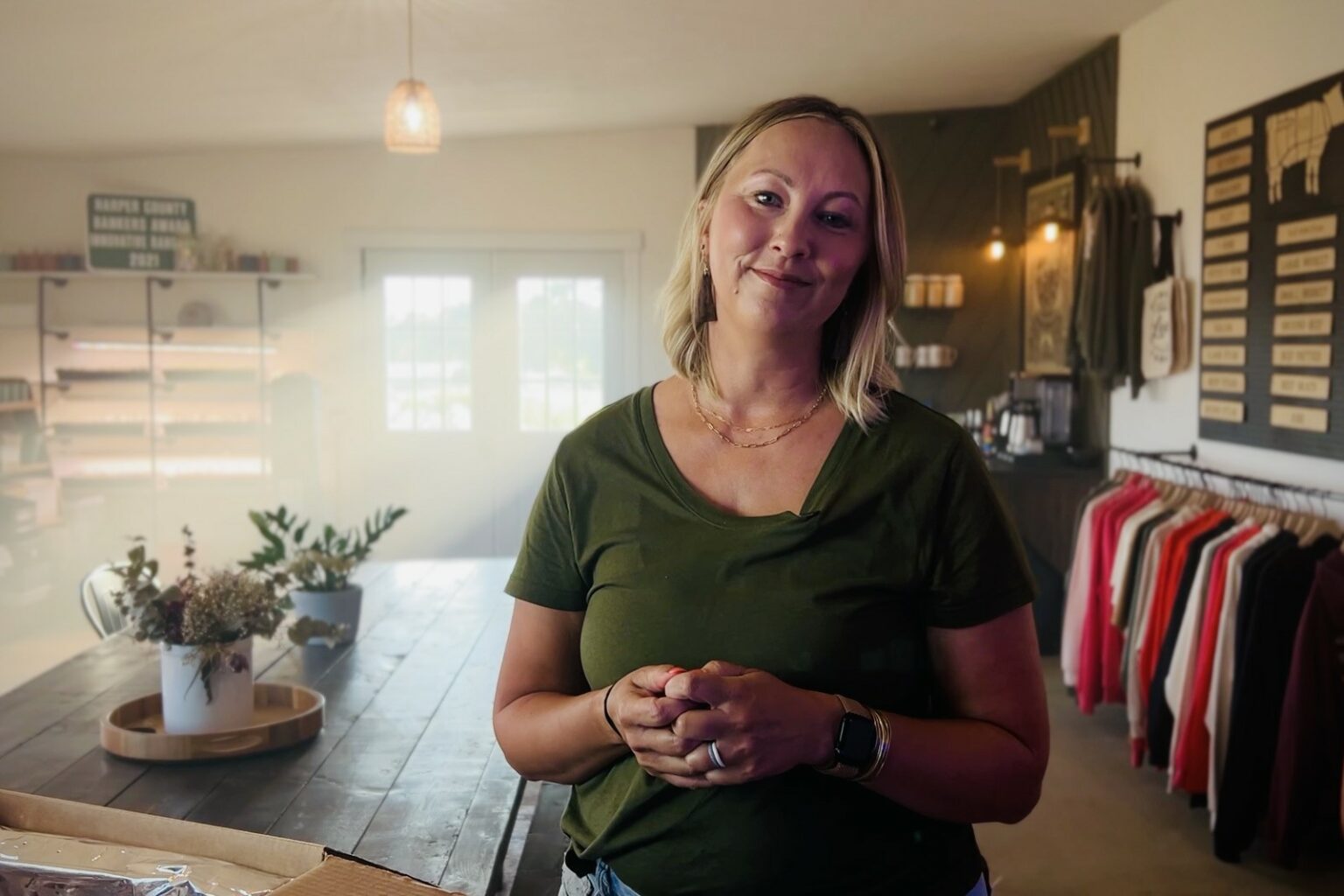

WHO WE ARE
WHAT WE DO
CONNECT
© 2023 CommonGround. All Rights Reserved.
Brought to you by America’s corn and soybean farmers and their checkoffs. Internal links within this website are funded and maintained by the National Corn Growers Association (NCGA). All outgoing links are to websites maintained by third parties. As such, NCGA is not responsible for the quality, safety, completeness, accuracy or nature of the content. Links to third party websites should not be considered an endorsement by NCGA of the actual website or the company that owns/manages that website.